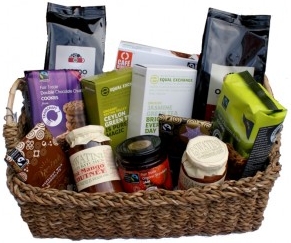When you allow yourself to begin dreaming of a healthy, pain-free future and start setting goals, it's easy to get carried away.
"This year I'm gonna get in shape, lose 30 pounds, get well and get a great life" for example, is an oh so common New Years resolution that doesn't lead to much other than a really bad conscience, a sneaking feeling of failure and a lowered sense of accomplishment.
Some smart person once said that "Rome wasn't built in a day" ... I'd like to say that neither is a healthy life and a pain-free body.
The best way to accomplish a better life is by making gradual changes. My mentors Marcus and Stefan at Universe Imagine recommend breaking up a larger goal (like "having a healthy life") into smaller parts and specific activities, and then focusing on making one small change every week.
On my way to a healthy and mostly pain-free life I must have made hundreds of changes, and none of them have been hugely dramatic. People keep asking me what I've done to get so well, and when I say that there hasn't been any one specific superfantastic mega-miracle drug or treatment that suddenly cured my chronic pain, but rather the combination of all the little things I've learned to do... that seems to open people's eyes to the impact of making gradual changes.
I could never have gotten to where I am today if I hadn't kept on believing it was possible, feeding my dream and slowly but steadily doing the little things that led me in the right direction. That's why I've chosen to let "Make gradual changes" be my
pain-free tip number 365!!
.... wow...
The blog project is done...
time to celebrate!!!










































